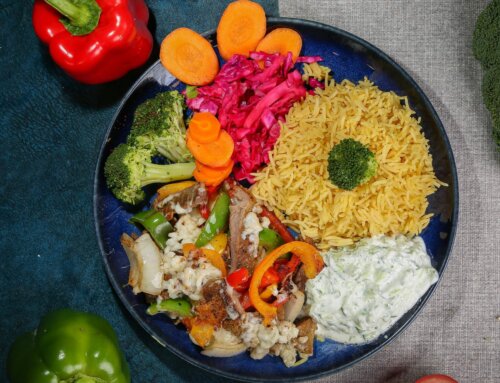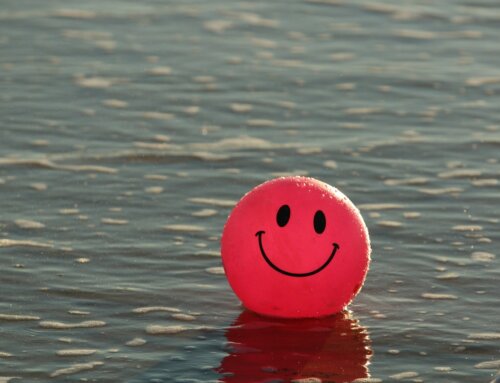 She studied her naked body in the largecloset door mirror. “The body is simply a receptacle for the soul,” she thought. She’d always preferred the way her body looked clothed. An exposed body seems so vulnerable to her, so frail. Flesh and blood. And all of them, all human bodies, men as well as women, though they be unique in outline, are ultimately as alike as naked animals. The clothed body, on the other hand, is individual, and each choice of clothing, hair style, face makeup is a personal, unique and one-time creative act.”
She studied her naked body in the largecloset door mirror. “The body is simply a receptacle for the soul,” she thought. She’d always preferred the way her body looked clothed. An exposed body seems so vulnerable to her, so frail. Flesh and blood. And all of them, all human bodies, men as well as women, though they be unique in outline, are ultimately as alike as naked animals. The clothed body, on the other hand, is individual, and each choice of clothing, hair style, face makeup is a personal, unique and one-time creative act.”
This is how the author, Yehudit Rotem, in her recent book “Shuvi Nafshi”, describes the musings of her heroine, who will not relinquish her love for the new man in her life.
Immersion in the Mikveh, the ritual bath, brings with it the opportunity to remove one’s clothing and view their body as it is. Sometimes in the first moments, there is some embarrassment and the strong voices of self-criticism set the stage. There may be disappointment due to weight, the accumulation of excessive kilograms, wrinkles that appear over time, the par between reality and illusion. Some women find standing naked before a mirror unbearable and they prefer not to look. Others negotiate with themselves. Lose five kilo and you can buy yourself a new dress. If you exercise, run the marathon and flatten your stomach, and you’ll have more enjoyment when you are together with your husband. The more dissatisfaction rises, the chances for self-love decrease.
Paradoxically, by way of becoming naked, the mikveh enables a personal an intimate encounter between the woman and herself replete with secrecy and mystery. She alone is party to her thoughts and feelings, as well as overt and secret desires and wishes. Here is an opportunity for thoughtfulness and gratitude for what is, to pay attention to those aspects of the body one likes, appreciate a body that withstands day to day tasks and take responsibility for what the body indicates that requires improvement, thereby increasing self-satisfaction.
Dressing in costume on Purim is a bi-directional act. When you dress up like a queen, fairy or witch, you choose to be somebody else. You expand to a foreign, unknown place, where you don’t normally find yourself on a routine day. Perhaps this might be a place where you once found yourself and feel a longing for again. Perhaps it is a place you would like to find yourself and this enables you to realize your desire. A costume provides an option to reveal one’s deeper identity and awaken repressed dreams that have become extinguished, never to be realized and fulfilled. The maneuvering of routine, “Sacred schemes have I maneuvered”, makes way for creativity wherever it may be and even sanctifies it.
Chazal spoke about Yom Kippur that it is Ke-Purim, like Purim, meaning that the level of Purim is loftier than the level of Yom Kippur. On Purim, holiness goes by way of the body and spirituality is expressed through substance. Revelation comes through the hidden and the hidden indicates that which is revealed.
This is a type of world to come for every day of the year. The holy work of the Cohen Gadol, the High Priest, on Yom Kippur when the Holy Temple existed, was carried out by his changing clothes five times throughout the course of the service. When he performed his work in the Great Hall, he wore clothing of gold, and when he performed his work in the Holy of Holies he wore white clothing. Each time he changed his clothes and went from the Great Hall to the Holy of Holies or from the Holy of Holies to the Great Hall, he immersed in the mikveh. This continued until the end of Yom Kippur. The Mishna describes these moments with great festivity as it appears in the prayer “Ata Conanta” in the Yom Kippur Mahzor.
“And they brought him his own clothing and he dressed, and they accompanied him to his house, and he would make a holiday for his loved ones upon leaving in peace from the holy place.”
What are “his own clothing” that the Cohen Gadol wore? I would imagine that those are the Cohen Gadol’s personal clothes which are not those of his function, standing and status. Each one of us can imagine what that clothing is. I imagine that his own clothes are those of his body and spirit, his own private-self clothing.
In honor of the holiday of Purim, with a new reading of the megillah of “The Emperor’s New Clothes” by Hans Christian Andersen, we have the opportunity to become a child shouting that the king has no clothes. Immersion in the mikveh enables us to be in “our own private-self clothing”, the soul clothed in the body.
If we observe our naked selves with a merciful eye, with love, blessed, like a newborn infant, we will make the desirable changes to ourselves so that we can live with satisfaction and pleasure and accept what we would consider for now, a wish for a blessed change.
Between dressing and undressing, and between undressing and dressing, we will discover the freedom and release to do and act differently. Yehuda Amitai expressed it beautifully in his poem called Released:
“New combinations for new destinies and new games for all the following generations.”








Leave A Comment